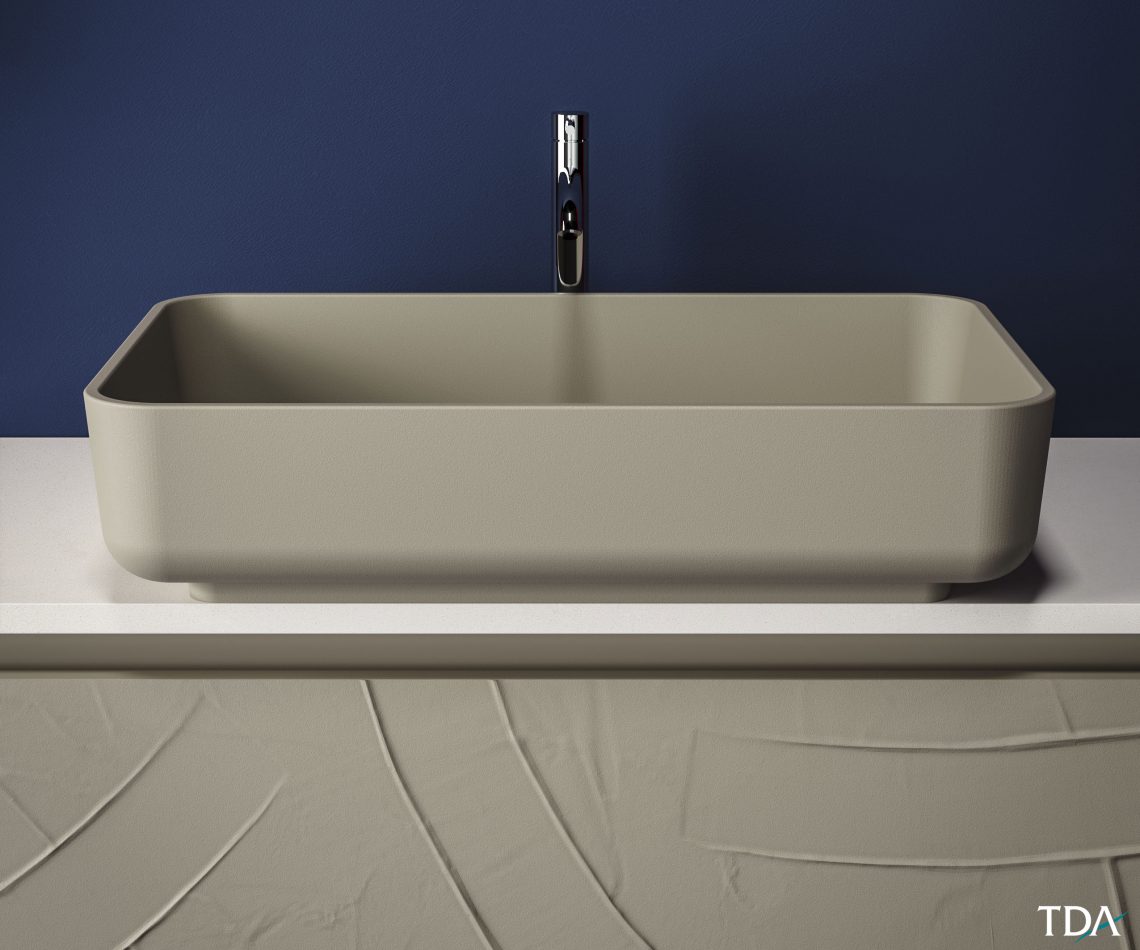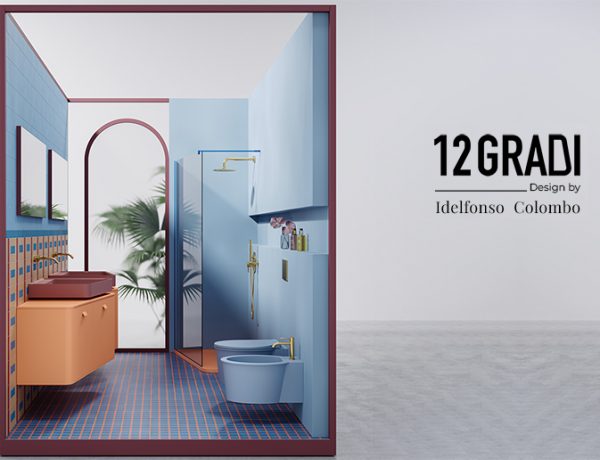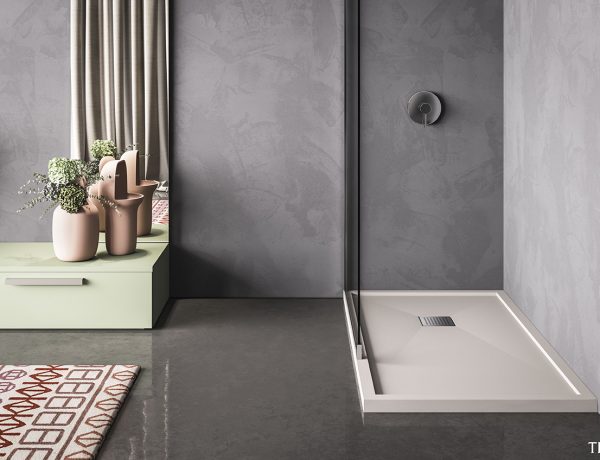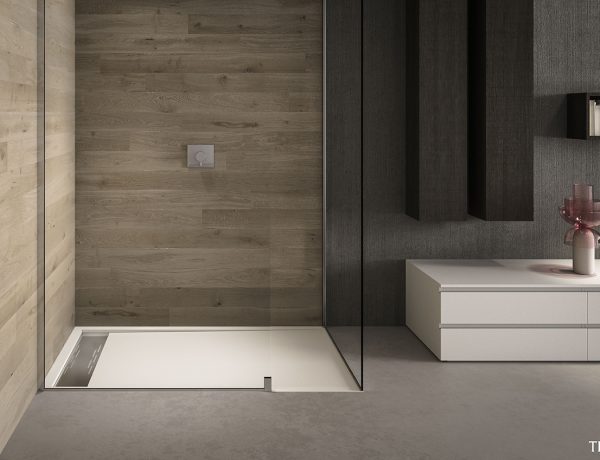People say that design is everything. It’s true but, by itself, it isn’t always enough. We tend to underestimate the material of which what we use daily is made. Color and shape are obviously important. We should consider these two aspects in order to arrange our home furniture in a cohesive way, but we should also keep functionality in mind, especially when designing a bathroom. As a consequence, knowing the composition of the different elements is surely useful.
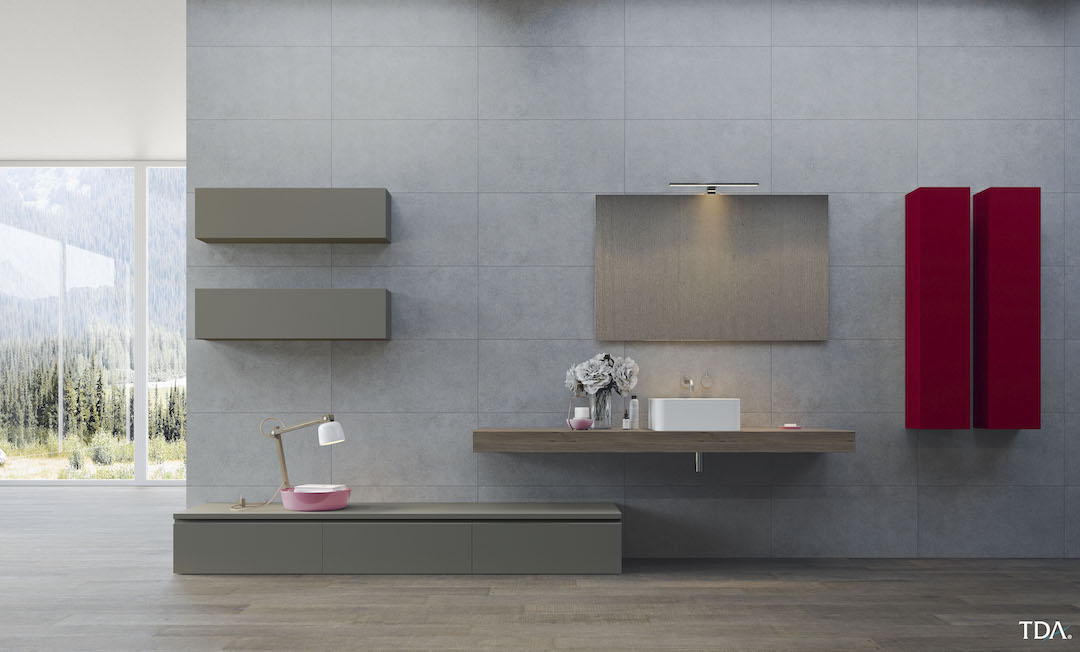
How could one choose the right washbasin for the bathroom?
First of all, here are the many kinds of washbasins available on the market; they depend on its position on the cabinet:
Tabletop washbasin perfect for those who are looking for a more modern look, it’s the perfect mixture of design and comfort.
Inset washbasin used in those bathroom with clear lines, it’s a practical and elegant solution.
Undermount/undercounter washbasin to install this washbasin, usually a cabinet with a top in natural, synthetic stone or porcelain tile is required.
Integrated practical and functional, when you choose this type of washbasin you’ll be able to choose also big cabinets with a whole top.
Wall-mounted A modern solution, used by those who have a lot of space.
Free standing the starting point is the old pedestal sink. Nowadays you can find precious mono blocks. The strongpoint of this type of washbasin is its look, but the price is usually quite high.
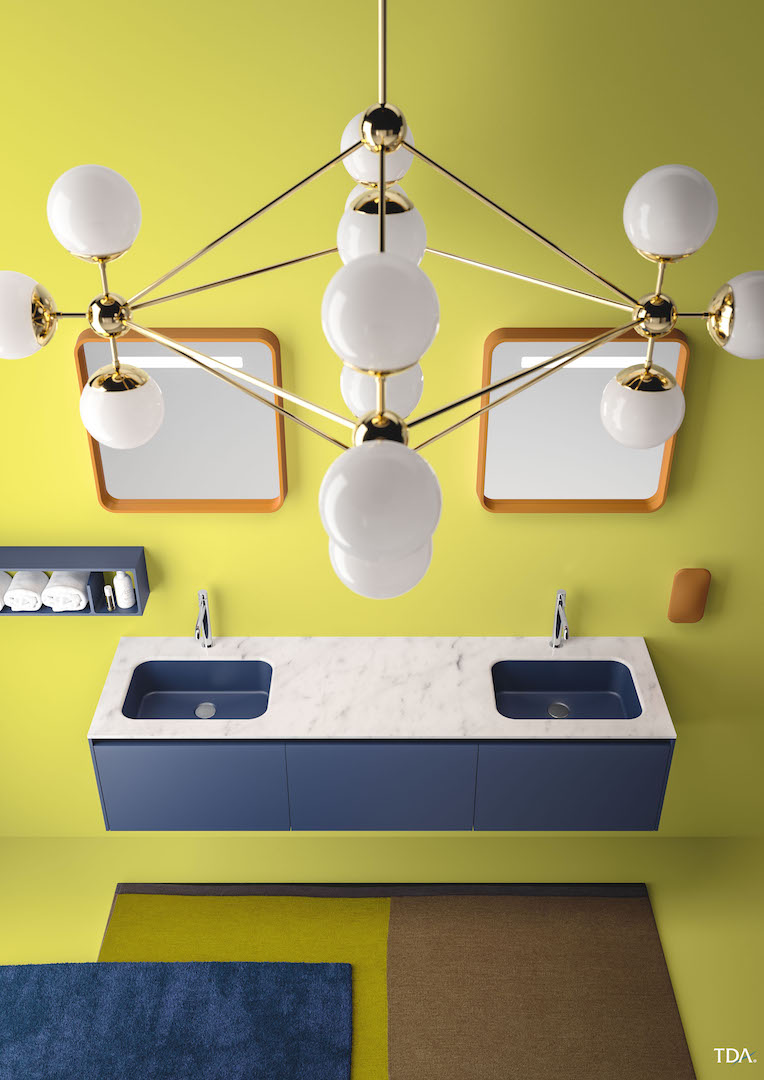
Giusto. Arock® undertop washbasin 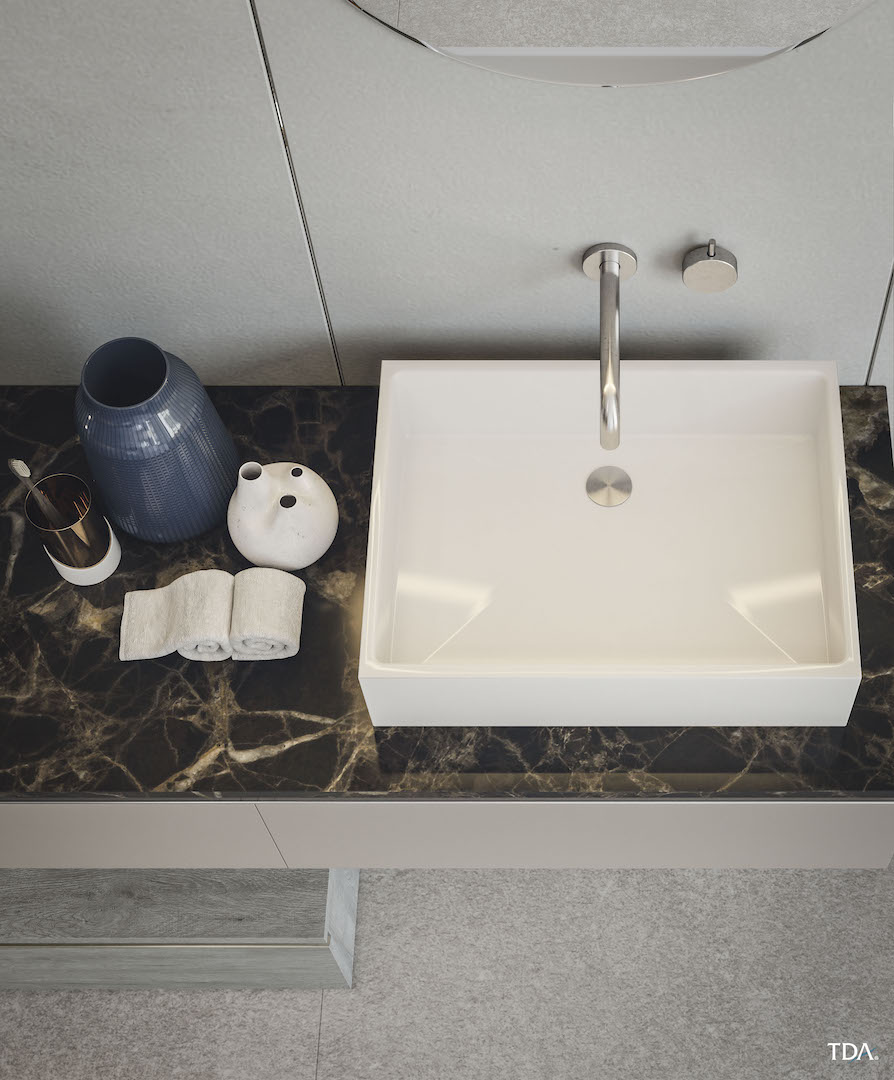
Ceramic tabletop washbasin 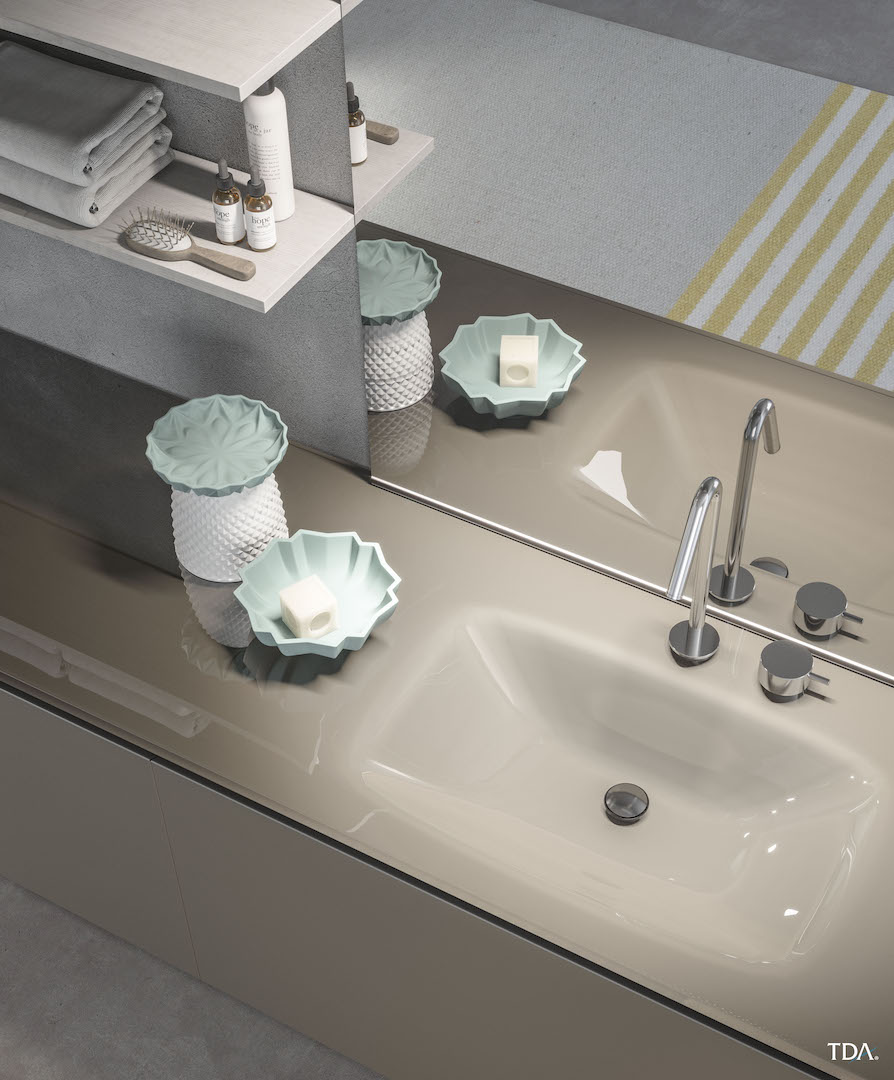
Glass washbasin
After choosing the right style for our bathroom, it’s time to choose the material, the one that best fits our needs. What we should keep in mind is this: what are we going to use it for? A washbasin isn’t just a “water container”, it should also have other important features, like wear, heat and chemical agents resistance (i.e. Hair dye).
Let’s consider the features of the materials most commonly used to build washbasins:
Ceramic. The most used and known material; surely a good choice if we’re looking for a cheaper solution. It can be cleaned with different products, although it is always better to avoid aggressive chemical agents in order to save taps and drains. It can be chosen in different finishings, white or matte colored. This type of washbasin has faults, first of all its fragility; the glazecan get chipped or cracked. Usually a ceramic washbasin isn’t really flexible in shapes and measurements
Stone. Usually a stone washbasin comes at a pretty high cost. It can be created as a whole or by pasting together slabs; it is also possible to create 90° edges. The surface can be glossy or matte, which makes this washbasin versatile and also quite polished and beloved by many. Unfortunately stone washbasins are delicate as they tend to stain, so it is important to keep this in mind from the very beginning and clean them with care, avoiding chemicals and acids, as well as solvents and anti-limescales.
Porcelain Tile. This material has a lot of possible finishings and colors, because it is produced by many different brands. The possible effects are nearly endless (marble, slate, stone, concrete, copper and lead). Despite being a really though material, it’s quite difficult to make and so it can be quite pricey. Moreover the number of shapes available is limited and only really square-like models can be created.
Glass. An ancient material perfect for any environment. A modern and elegant solution, it can be transparent or colorful and back-painted. The making of glass washbasins is quite linear, so many different shapes can be obtained, both as a top and as an integrated sink. Cleaning this type of washbasin is easy, even though the material tends to age quickly (traces and limestone rings) and its main downside is fragility.
Resin. Resins are polymers obtained from mixing different raw materials. Many different resins are now available and, to create Arock®, TDA’s composite material for washbasins, shower trays and bathroom accessorizes, polyester resins are mixed with calcium carbonate obtained from marble. At a closer glance, the gelcoat that constitutes the outer surface of the washbasin is used for naval applications, too. The result is a material that’s highly resistant to chemical substances, in which the polyester resins and natural minerals of the internal mass are aggregated in the right percentage for the object. Arock® allows TDA to create long-lasting, tough, hygienic, easy-to-clean washbasins: all you need is a soft cloth and a neutral detergent. With this material we can create different shapes and many, sought after, colors.
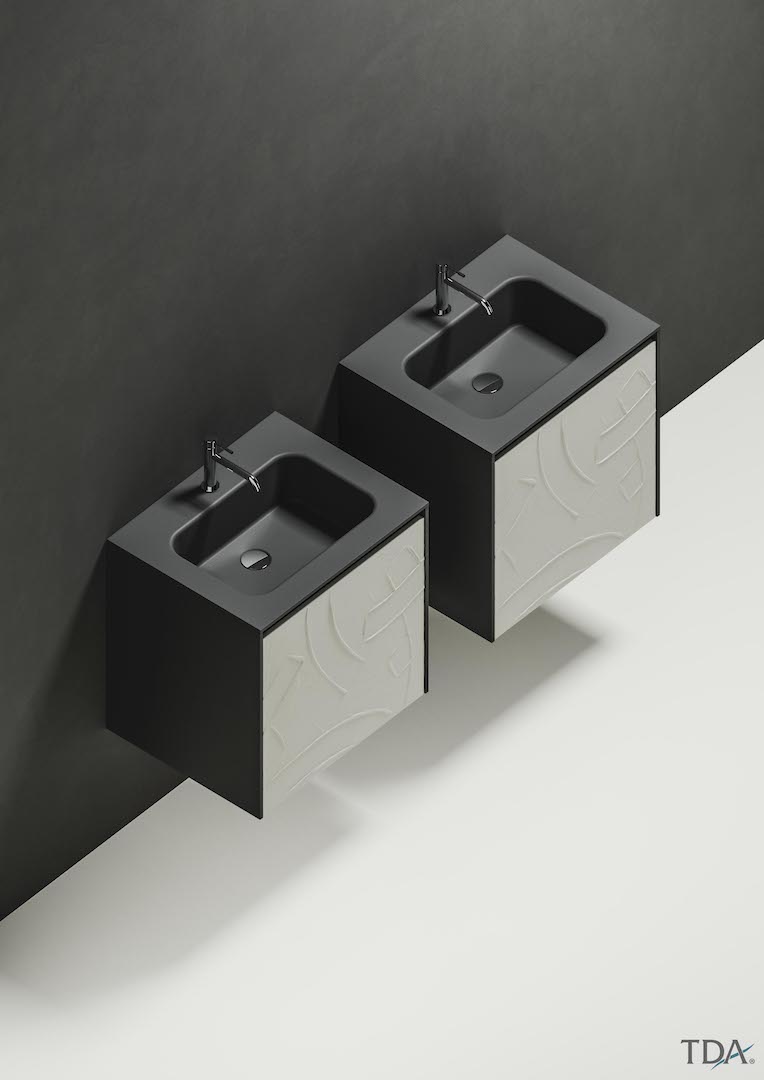
Giusto. Arock® integrated washbasin (height 1 cm, color Deep Grey) 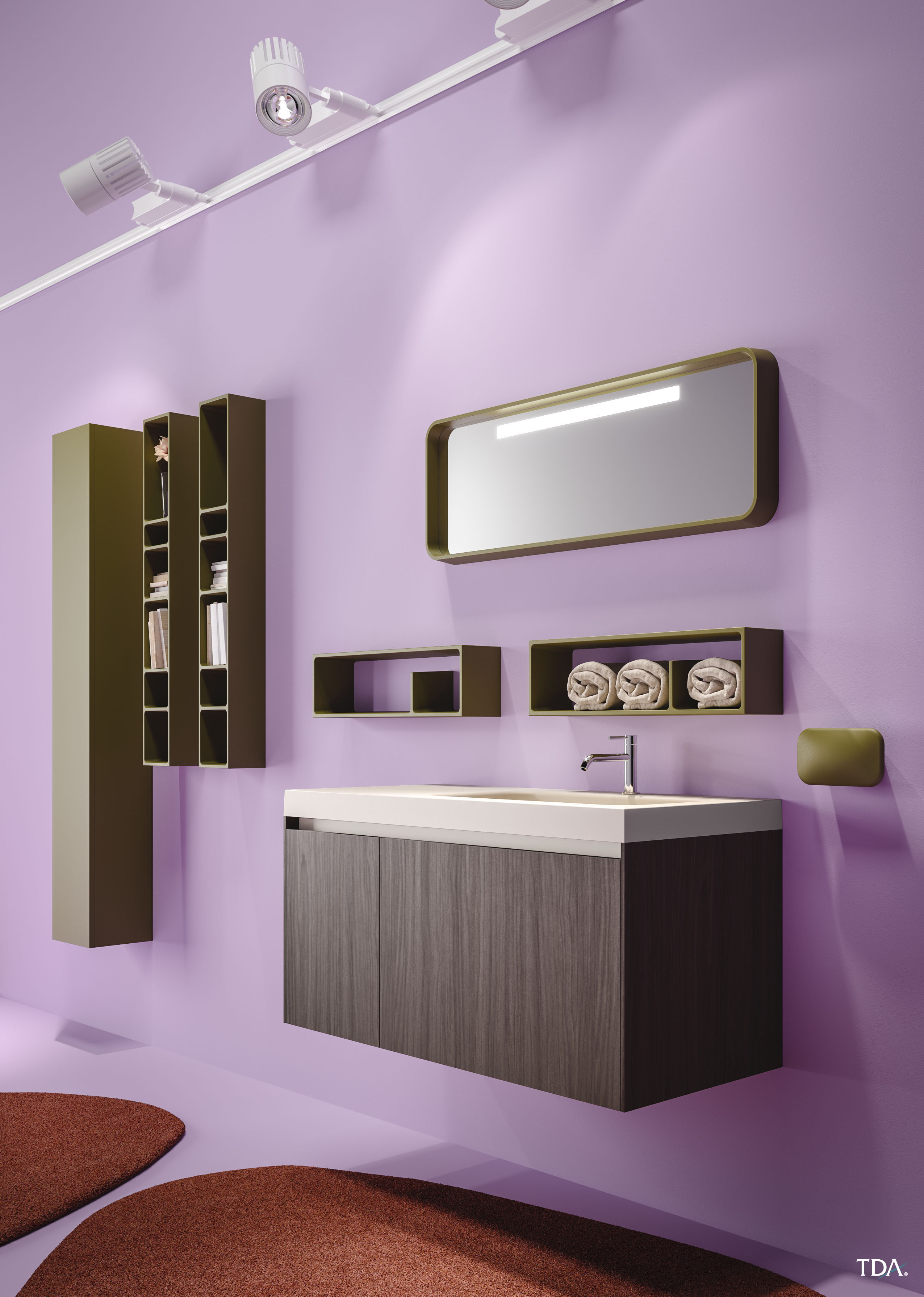
Giusto. Arock® integrated washbasin (height 6 cm, color Autumn Beige)





